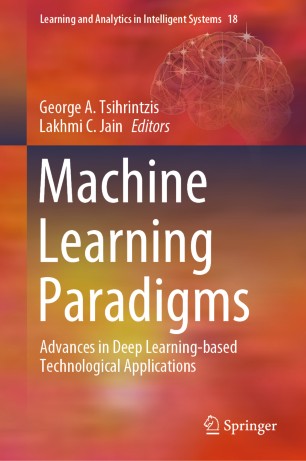

Most ebook files are in PDF format, so you can easily read them using various software such as Foxit Reader or directly on the Google Chrome browser.
Some ebook files are released by publishers in other formats such as .awz, .mobi, .epub, .fb2, etc. You may need to install specific software to read these formats on mobile/PC, such as Calibre.
Please read the tutorial at this link: https://ebookbell.com/faq
We offer FREE conversion to the popular formats you request; however, this may take some time. Therefore, right after payment, please email us, and we will try to provide the service as quickly as possible.
For some exceptional file formats or broken links (if any), please refrain from opening any disputes. Instead, email us first, and we will try to assist within a maximum of 6 hours.
EbookBell Team

4.1
60 reviewsAt the dawn of the 4th Industrial Revolution, the field of Deep Learning (a sub-field of Artificial Intelligence and Machine Learning) is growing continuously and rapidly, developing both theoretically and towards applications in increasingly many and diverse other disciplines. The book at hand aims at exposing its reader to some of the most significant recent advances in deep learning-based technological applications and consists of an editorial note and an additional fifteen (15) chapters. All chapters in the book were invited from authors who work in the corresponding chapter theme and are recognized for their significant research contributions. In more detail, the chapters in the book are organized into six parts, namely (1) Deep Learning in Sensing, (2) Deep Learning in Social Media and IOT, (3) Deep Learning in the Medical Field, (4)Deep Learning in Systems Control, (5) Deep Learning in Feature Vector Processing, and (6) Evaluation of Algorithm Performance.
This research book is directed towards professors, researchers, scientists, engineers and students in computer science-related disciplines. It is also directed towards readers who come from other disciplines and are interested in becoming versed in some of the most recent deep learning-based technological applications. An extensive list of bibliographic references at the end of each chapter guides the readers to probe deeper into their application areas of interest.